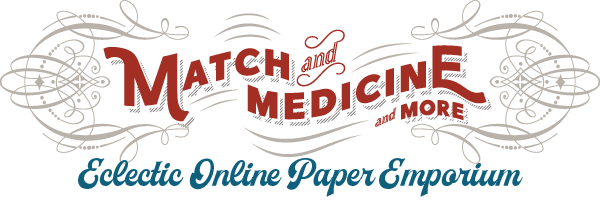Additional information
| Condition | VF |
|---|---|
| Year | 1870s |
| Paper | india die sunk on card |
| Size | 1.5" x 2"; overall 5" x 6.5" |
| Printer | American Bank Note Co. |
| Engraver | Marcus W. Baldwin |
$75.00
Old Abe, war eagle, the American Bank Note Co. engraving, with the bird facing to the right as he rests on a tree stump. This engraving is attributed to Marcus W. Baldwin at the time he worked for the National Bank Note Co.
A Living National Symbol Old Abe, the mascot of the 8th Regiment, Wisconsin Volunteer Infantry, in the Civil War, was a popular attraction at the 1876 Centennial Exhibition in Philadelphia. According to Wisconsin Then and Now, a publication of the State Historical Society -of Wisconsin, that state offered excellent roosting and nesting sites for bald eagles at the time of the War. Old Abe was hatched along the Chippewa River in the spring of 1861. Indians shot his mother and then sold the young eaglet to David McCann for a bushel of corn. In August of that year McCann sold him to an Eau Claire businessman for $2.50 for presentation to the newly-formed 8th Regiment as a mascot. The soldiers named him in honor of President Lincoln, and their infantry group became known as the “eagle regiment”.
After four years of active duty that included 22 actions and 30 skirmishes, the regiment presented their mascot to the state on September 26, 1864. He took up residence in the capitol building in Madison and lived until 1881 when he died of smoke inhalation in a minor fire. A taxidermist stuffed his body, which was then placed in a glass case near tattered battle flags in the State War Museum at the capitol. Ironically, even those remains were destroyed in the 1904 fire that gutted the capitol.
During the War, one of the tallest men of the regiment was detailed to carry and take care of Old Abe. He was usually carried on a war shield, mounted at the top of a staff and above this shield a perch was made to which the bird was tied by a cord. For three years he was carried beside the colors of the regiment, and during that period was wounded three times. At the battle of Corinth, it is said, Confederate General Price ordered his men to capture or kill him at any hazard, saying that he would rather have them capture the eagle of the 8th Wisconsin than a dozen battle flags and that if they succeeded he would give them “free pillage in Corinth.” During this battle the cord that confined Old Abe to his perch was cut by a ball and he soared far above the smoke, as the Confederates vainly sought to shoot him down. Suddenly he caught sight of his regiment and flag and sweeping down, alighted on his perch.
During a battle he was sometimes on the ground, then on his perch, uttering wild screams, and the fiercer and louder the battle became, the more excited he was. He would stand unflinching by a cannon which was being fired rapidly and was not afraid of the rattle of musketry. After the War Old Abe made numerous triumphant journeys around the country. His feathers were sold for $10 each. Thousands of children throughout the North were organized into a society called “The Army of the American Eagle” for the purpose of selling a little pamphlet history of Old Abe’s career, with his photograph, netting $16,308.93 for a fund for sick and disabled soldiers. More than twelve thousand letters were received from children interested in this project. P. T. Barnum offered $20,000 for him, while painters and sculpters captured him in oils and marble. It has been said that no other bird ever achieved such fame or reached such a distinguished place in history. Little wonder, then, that he became the subject of engraved vignettes.
The American Banknote Company (ABNC) and its predecessor companies engraved and printed many of the world’s classic stamps, banknotes and securities. Although it traces its origins into the 1700s, the company as we know it was formed in 1858 by the consolidation of six leading engraving companies, including Danforth, Perkins & Co., Bald, Cousland and Co, Toppan, Carpenter and Co., John E. Gavit, Jocelyn, Draper, Welsh & Co., Wellstood, Hanks, Hay & Whiting and Rawdon, Wright, Hatch & Edson. Over the years, ABNC acquired various security printers, including Hamilton and Continental Banknote Companies, Security Banknote Co. and many others. Collectors of Proofs and Essays will recognize many of these names as the leading engravers of 19th Century stamps. The ABNC continued its leadership role well into the 20th Century, designing and engraving stamps, banknotes and stock certificates for countries and corporations all over the world. The original ABNC archives were sold in the early 1990s. Most of those items have been absorbed into individual collections and have become eagerly sought-after treasures.
Note: this is an ORIGINAL india proof; not a reproduction or contemporary print. Your satisfaction is guaranteed.
| Condition | VF |
|---|---|
| Year | 1870s |
| Paper | india die sunk on card |
| Size | 1.5" x 2"; overall 5" x 6.5" |
| Printer | American Bank Note Co. |
| Engraver | Marcus W. Baldwin |
